When you think about dolls from Japan, what comes to mind? For me, there are two lines– Takara (Jenny and Licca Chan) and Volks. As it turns out, dolls have played an important part in the country since long before Takara or Volks.
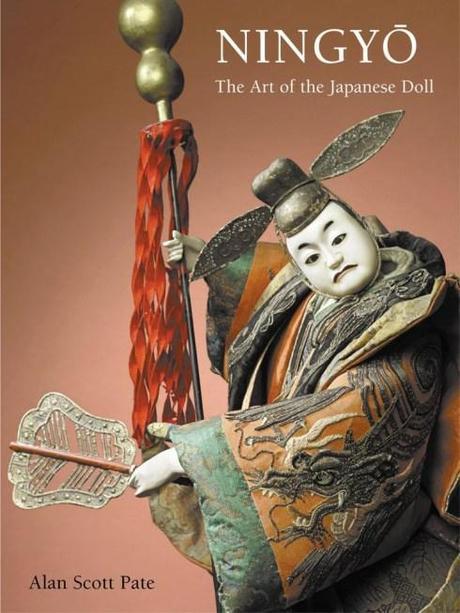
Ningyo, The Art of the Japanese Doll
Published by Tuttle, “Ningyo, the Art of the Japanese Doll“ by Alan Scott Pate is a thoroughly researched compilation of Edo era dolls and their importance and role in Japanese society. It’s 275 pages encompass a vast amount of history and full color photos.
Japan’s Edo era ran from 1615 and 1868. According to Wikipedia, “Japanese society was under the rule of the Tokugawa shogunate and the country’s 300 regional Daimyo. The period was characterized by economic growth, strict social order, isolationist foreign policies, environmental protection policies, and popular enjoyment of arts and culture.”
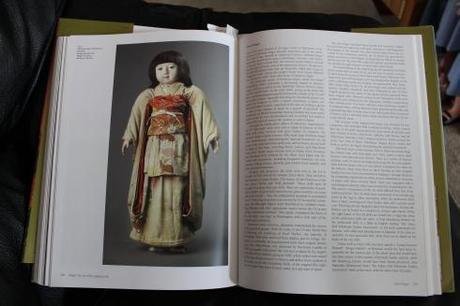
Miss Kantoshu (Manchuria), 32″ tall– page 218
This book showcases a number of different Edo period dolls, including the adorable Gosho-Ningy0 (palace dolls), Hina-Niny0 (girls day festival), Musha-Ningyo (boys day festival) and Isho-Ningyo (fashion dolls). It, also, has chapters on ningyo used in theater and by doctors. While the dolls featured in this book vary in size, many are large and upwards of 10″ tall.
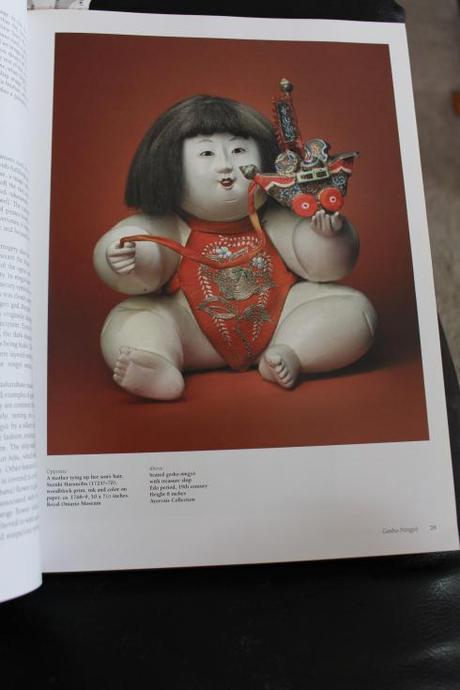
Seated Gosho-ningo with treasure ship, 8″ tall– page 29
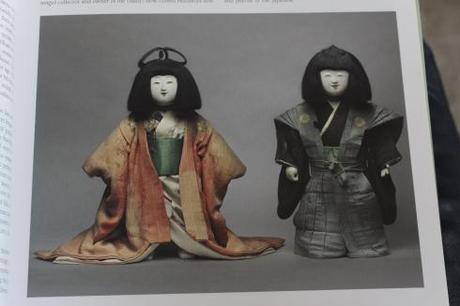
Wakagimi Himegimi, 18 1/2″ tall– page 18
My favorite type of doll featured in this book has to be the palace dolls. They have chubby bodies and friendly expressions and were traditionally made of wood. Palace dolls were “a celebration of youth and innocence.” According to the author, “Ningyo in all forms were intensely personal objects. Fashioned as gifts and kept as talismans, they were intimately connected to those who owned them… The aesthetics they embody and the emotions they were intended to invoke can be gleaned from diaries and commentaries that ate back to the tenth century which show that ningyo… were an important part of the personal culture of the Japanese.” (Quote, Page 27)
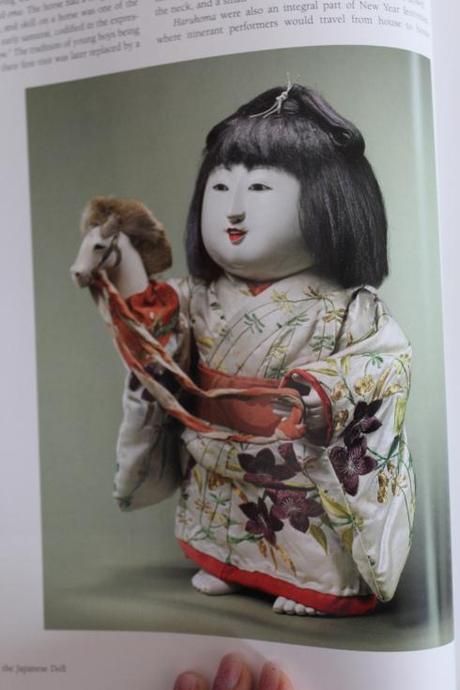
Standing gosho-ningy0 with hobbyhorse, 15″– page 30
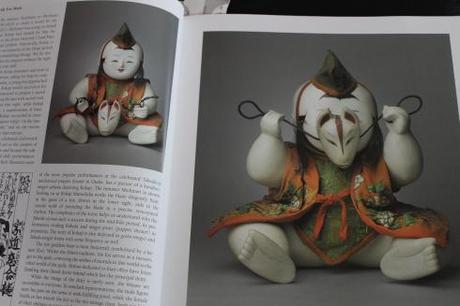
Karakuri Gosho-ningo with fox mask, 10 1/2″– page 36
This book isn’t a price guide, but a coffee table book. It’s quite large in size. It’s bound strongly and has some weight to it. For those mostly interested in photos, this may not be the best book for you. While there are a lot of photos, to really understand what the doll is, you’ll have to read long paragraphs of text describing it and the culture behind it.

Mitsuore nodding gosho-ningyo, 20″ tall– Page 71
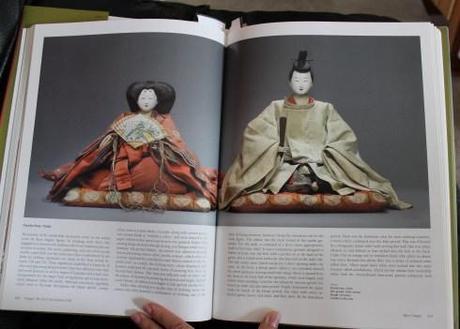
Yusoku-bina Noshi, 18″ tall– page 111

Votive Horse, 31″ tall– page 131
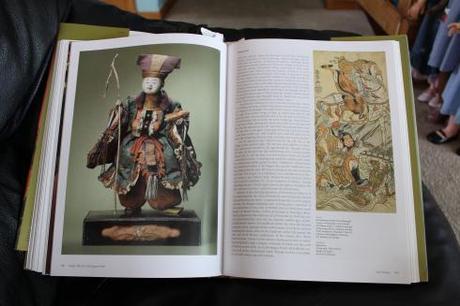
Koseki Ko, 18″ tall– page 190
For those who love knowing everything they can about the history of dolls or who have an interest specifically in the history of Japanese dolls, this is a must read. Since reading, I definitely would like to see some of these dolls in person one day. It opened my eyes up to a whole new era of dolls and makes me appreciate and understand the importance of dolls in Japanese culture a little more.
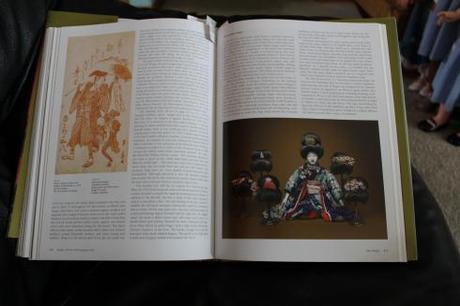
Katasura-gae-ningyo Namikawa of Kyoto, 18″ tall– page 216
You can purchase “Ningyo, the Art of the Japanese Doll” on Amazon.com, as well as see a sneak peek of the first few pages. If you want to take a peek before buying, why not check out your local bookstore or library and ask them to order it in? Either way, this book is worth looking into if you are interested in learning more about early Japanese dolls.
Want to win a copy of your very own? Look no further! Fill out the form below by August 29th for a chance to win your own copy of “Ningyo, the Art of the Japanese Doll”. This contest is open to those in North America and the UK.

